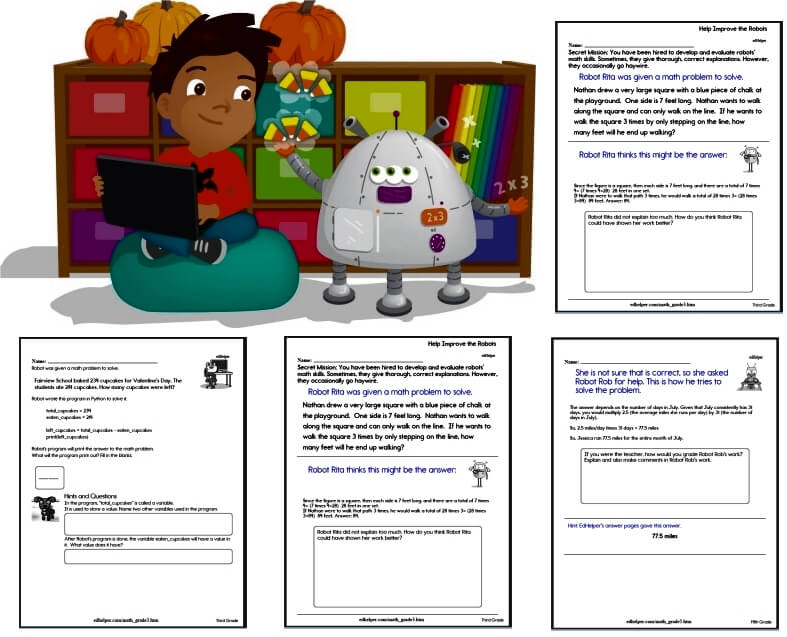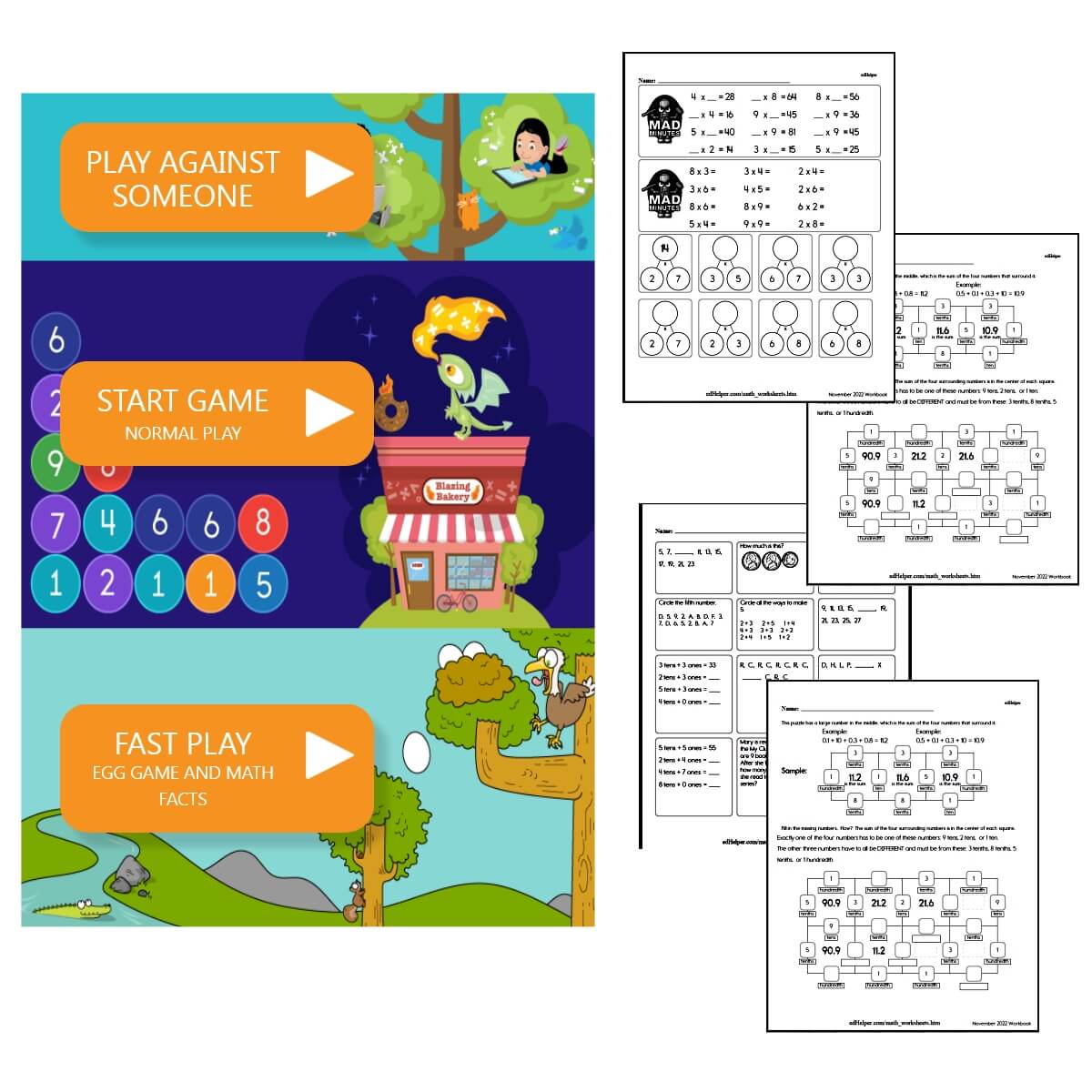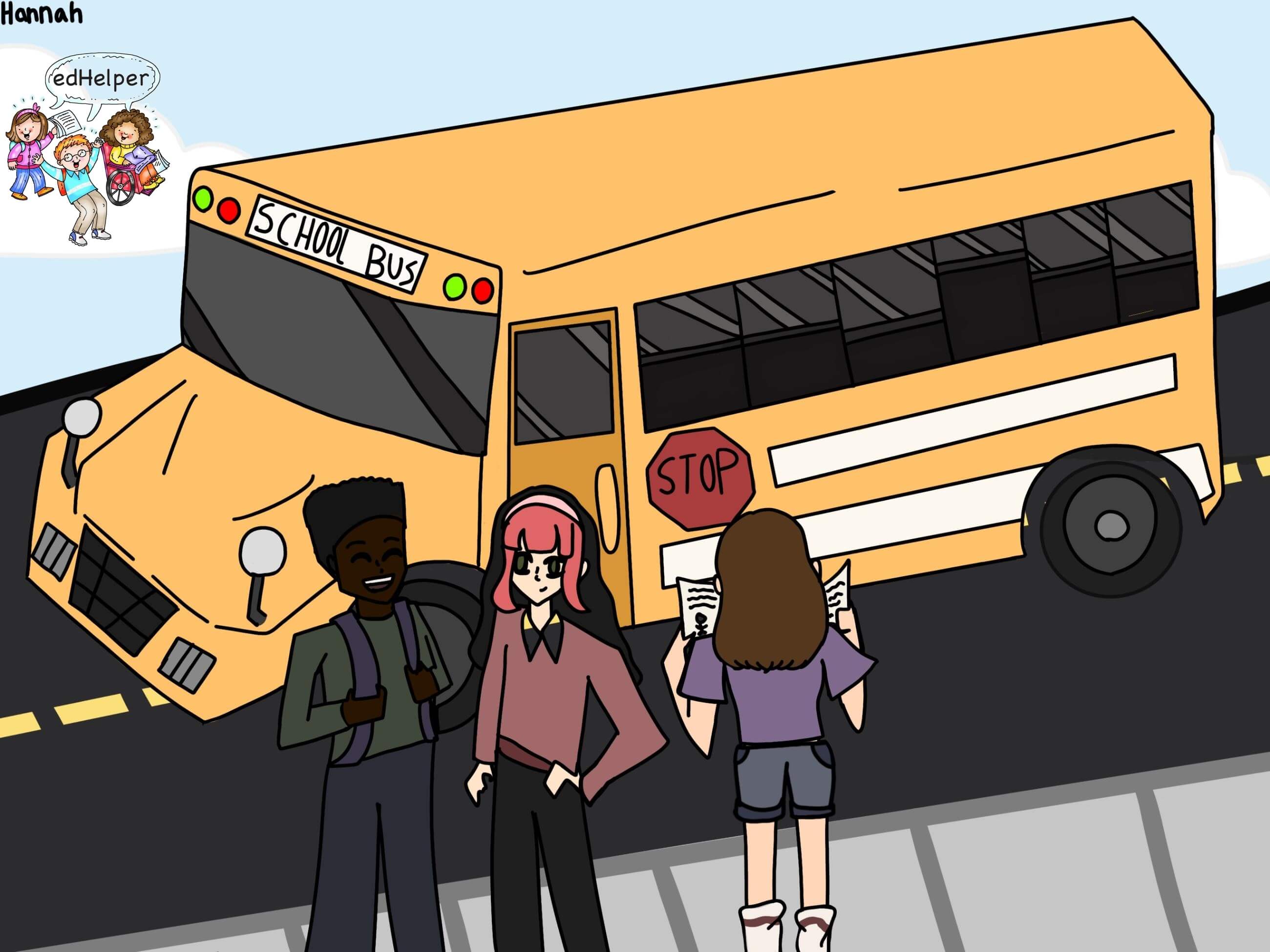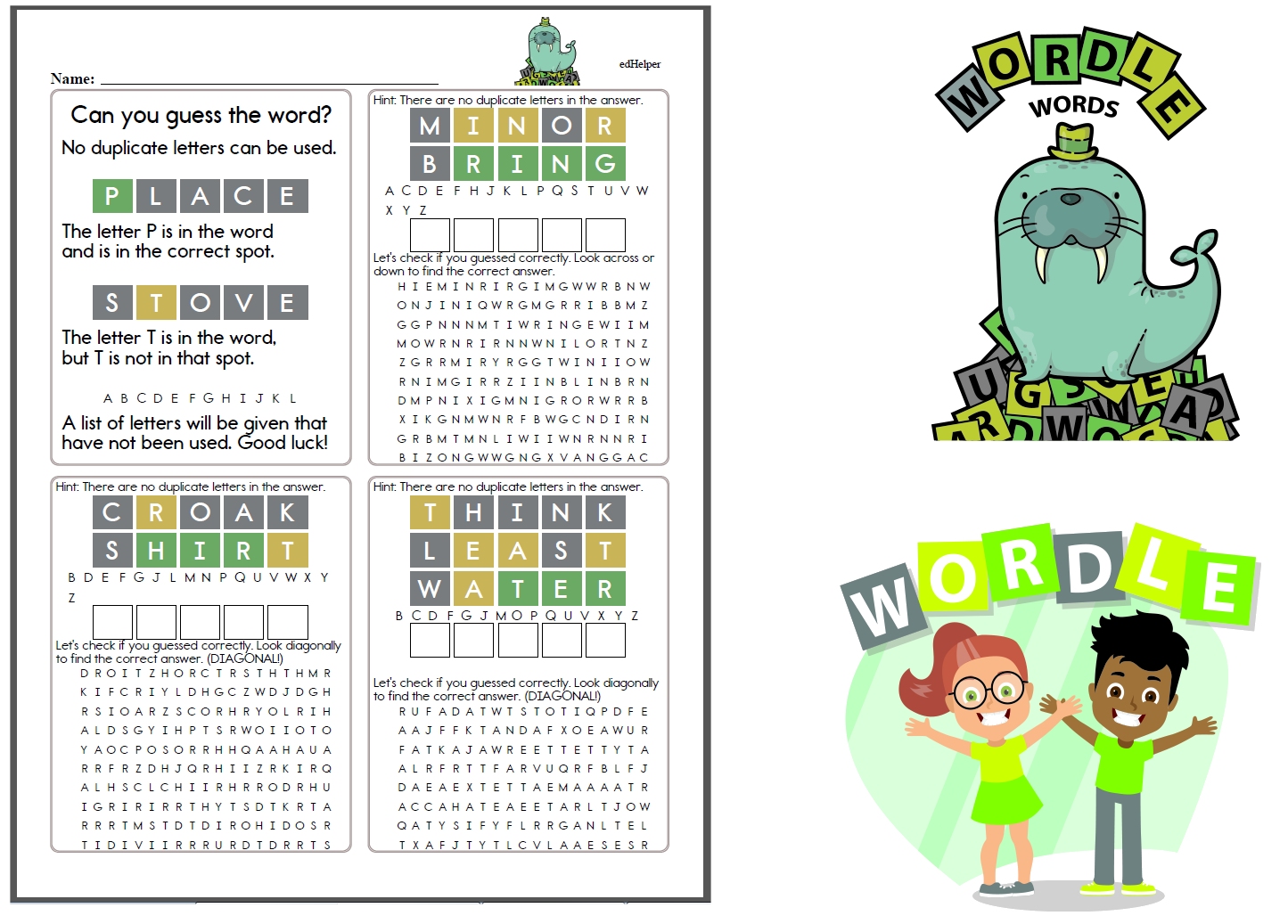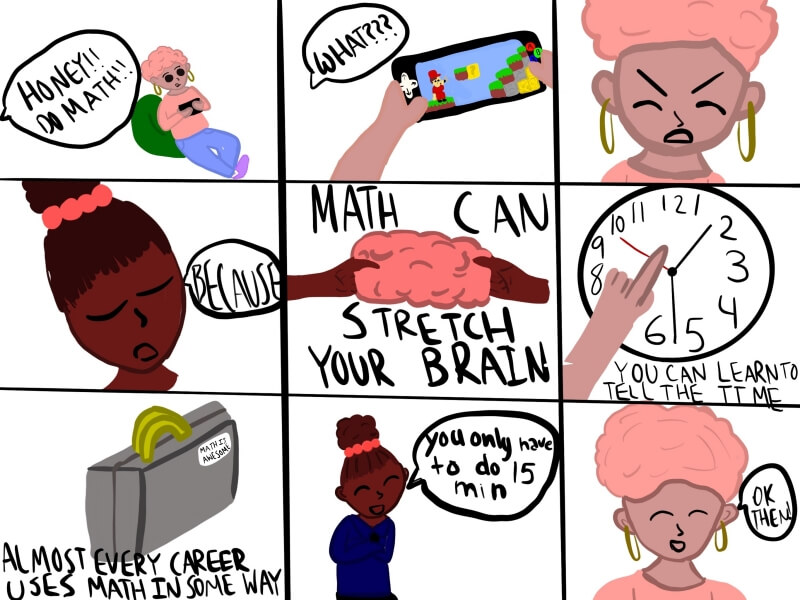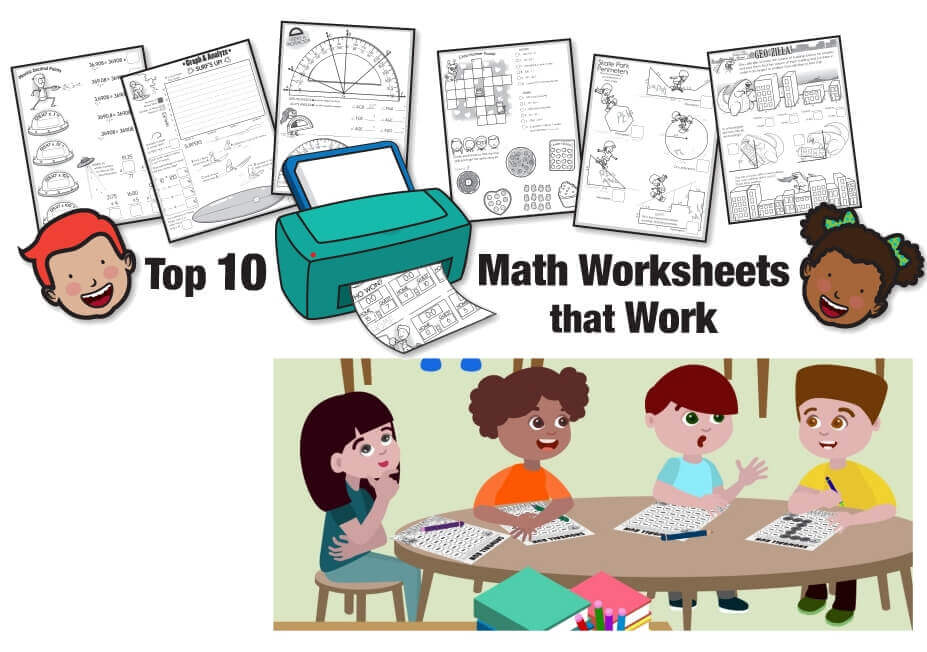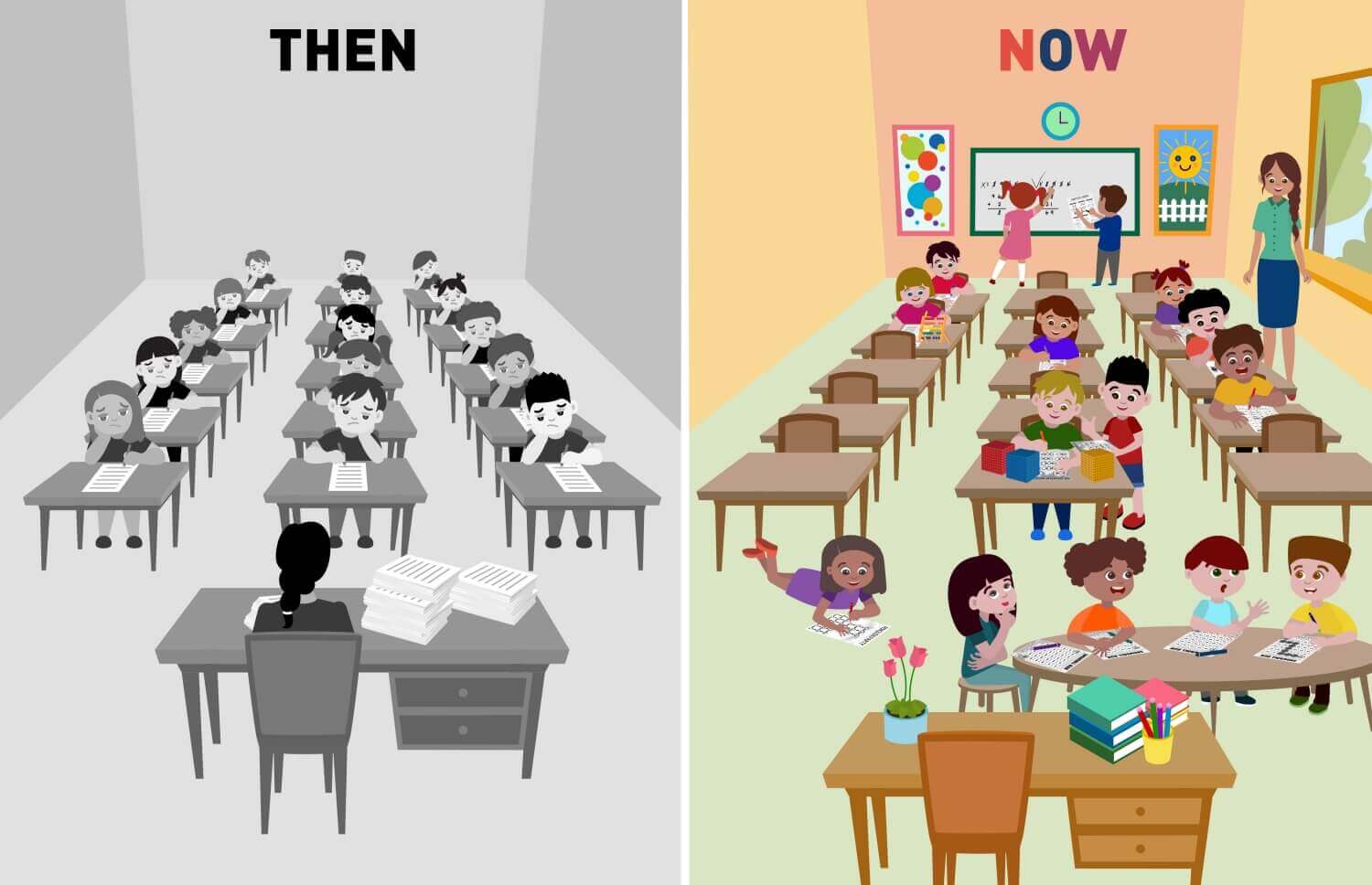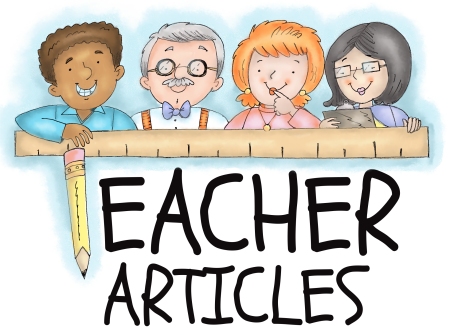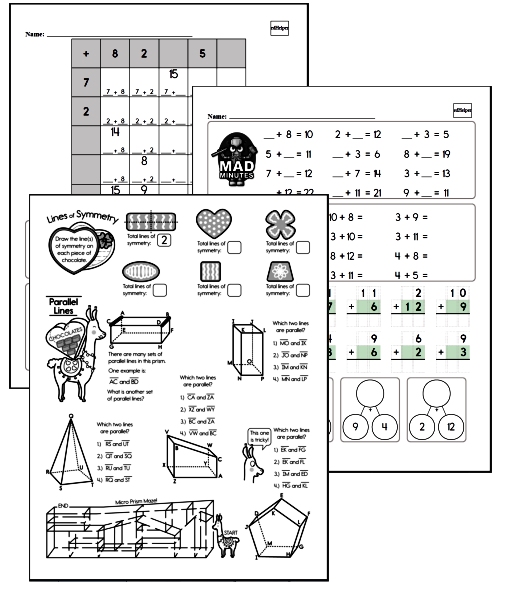Classroom Management Tips: The Why and How of Building Strong Relationships With Your Students
By: edHelper Staff
Updated: Jan 22, 2024
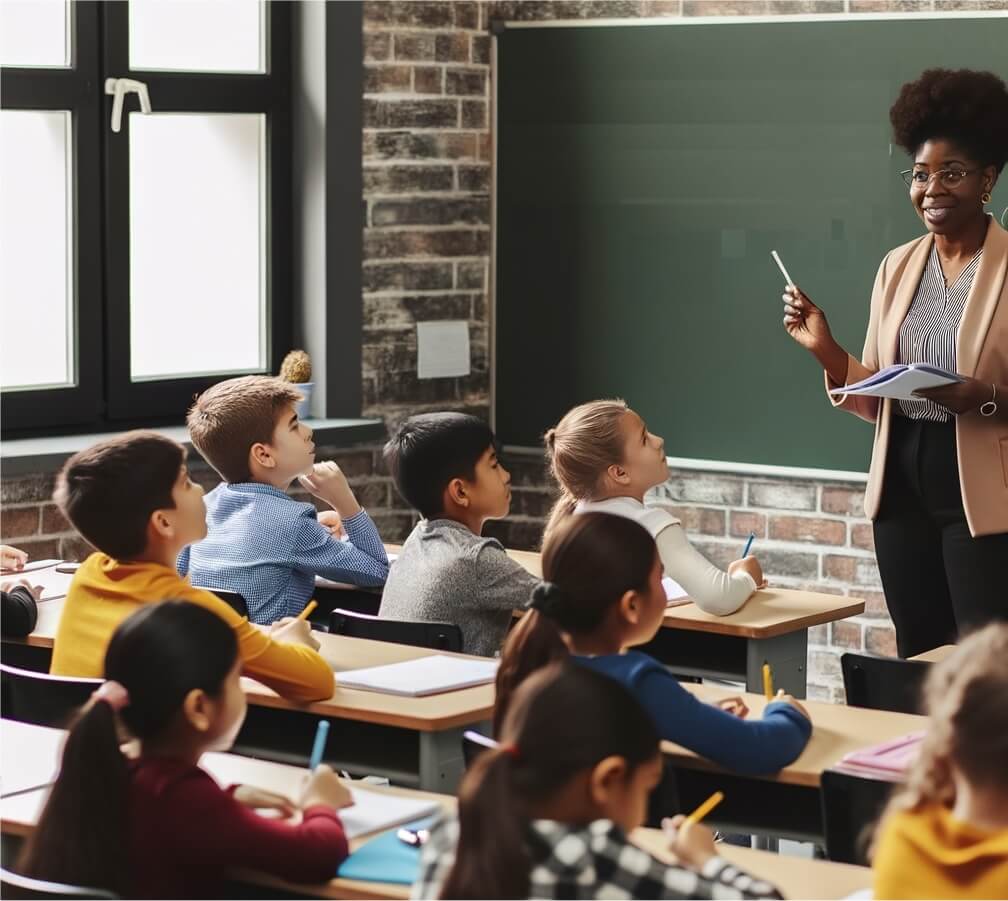
There's no denying that classroom management is important.
Effective classroom management techniques have the power to reduce disruptive and aggressive behavior while simultaneously bolstering academic achievement. Perhaps the most stunning revelation from one study is the fact that classroom management was the only significant predictor of top-quartile teachers and bottom-quartile teachers.
It doesn't matter if you're a subject matter expert, if you have the best lesson plans, or if you're really good at imparting knowledge. If you don't have classroom management skills, your students aren't going to learn, and you're going to end up burned out. After all, student behavior is the number one reason why teachers report leaving the profession.
Just don't fall into the trap of believing that classroom management is just something you're good at-or you're not. It's true that some teachers have a knack for captivating their classrooms, but it's also true that there are plenty of classroom management strategies out there that you can learn how to use.
One of the most powerful is building genuine, positive relationships with your students.
The Benefits of a Classroom Management Strategy That Focuses on Relationships
Many classroom strategies revolve around attention-grabbing tactics. Think brain breaks, teaching self-directed learner behaviors, and quick attention-getters that usually involve singing or clapping your hands to avoid having to raise your voice.
These are important strategies to keep in your mental classroom management toolkit, but they can only take you so far. If your students aren't invested in listening to what you have to say, no number of breaks or quick attention-getters are going to get them to listen.
Engaged students will listen, and the best way to make sure your students are engaged is to create meaningful relationships with them.
That doesn't mean you have to throw your hands up in the air and try your best to follow generic advice like, "Get to know them" or "Encourage them to be their best." There are actionable tips that you can use in your classroom right now to build a stronger relationship with your students so you can deepen their learning.
Relationship-Focused Classroom Management Tips
Relationship-focused classroom management tips should form the basis of your classroom strategy. Just make sure you're patient. Relationships are ever-evolving, which means you may have to try a combination of these strategies, and you may have to work on them more some times of the year and less during others.
Our favorite relationship-focused classroom management tips include the following:
- Observe before you react
- Play a game
- Let them get to know you as a person
- Build empathy and understanding
- Practice mindful teaching
Observe before you react
Observing before you react is one of the simplest tips on this list, but that doesn't mean it's easy. Watching a student do something they shouldn't be doing without stepping in right away is hard. But immediately reacting isn't the best option. It usually involves yelling, disappointment, and telling a student what to do, which are all detrimental to having a positive relationship.
As long as they aren't doing something that is hurting themselves or others, simply observe them for a while. If you're having a hard time not stepping in, try imagining all of the positive reasons why the student is doing what they're doing. For example, if they're making faces at a classmate instead of reading, maybe they're having a hard time getting into their book. A student who is destroying an eraser instead of completing a math worksheet might not know how to tackle the next problem, while another student may be having trouble focusing because they stayed up too late the night before.
When you assume positive intent, you can observe their behavior instead of reacting to it, and then something magical happens. Eventually, the students will notice you're watching, and, nine times out of ten, they will snap back into what they're supposed to be doing all on their own-no yelling, cajoling, or arguing needed, which is great for maintaining great relationships with your students.
Play a game
Playing a game is a great way to enhance classroom learning, and it's also a great way to foster positive relationships with your students. This strategy works whether you're playing an educational game or a game just for fun. The trick is to join the game yourself!
Most teachers lead the game and act as facilitators, making sure that all the students who are participating are playing fairly. That just puts you in another position of authority, which isn't necessarily a bad thing, but if you really want to build positive relationships with your students, they have to see you as an equal.
That means grabbing a playing card, hopping on one foot, or doing whatever all of the other participants in the game are doing. By playing the game together, students will get to see your silly, fun side, which they will remember the next time you ask them to get back to work.
Still need a facilitator to run the game? Play once as the leader and then ask another student to step into the role. It gives you a chance to have fun with your students, and it gives your students a chance to take turns being the boss.
Just a few of the countless games you can try playing in the classroom include:
- Pictionary
- Heads Up, Seven Up
- Dominoes
- Simon Says
- Freeze Dance
- Charades
- Telephone
Let them get to know you as a person
It's true that getting to know your students is an important part of building meaningful relationships with them. Great teachers not only know which subjects students excel at and struggle with, but they also get to know them on a deeper level. Good teachers see every student's rainbow. They know who their friends are and what kind of music they like, and they can even tune into what makes their students tick.
But a relationship like that can be very one-sided. Your relationship with your students can be nurtured even further when you let them get to know you, too.
Play your favorite music as students arrive for the day, proudly display pictures of your family and your pets on your desk, and talk about what you did over the weekend. Talk about challenges you're facing in your own life, and even tell your students why you're feeling extra crabby on a particular day. The more vulnerable you're willing to be and the deeper you know each other as people, the more your relationships will flourish, as will the learning in your classroom.
Build empathy and understanding
Teaching empathy to students sounds like a tall order, but it doesn't have to be. It really is as simple as cueing students into different points of view.
Start with a simple demonstration using the number 6 and the number 9. Pass out cards with the number six on them to every student, but hand half of them out upside down so the number those students receive is a nine.
Then, ask the students who received a six to stand up. Do the same for the group with nines. Older students will likely have caught on to what you're doing by now, while younger students may need you to show them that you actually passed out the same number. You just passed some of them out upside down.
Share the old Middle Eastern legend the story about the two princes who couldn't agree on whether the number was a six or a nine until a young boy turned the tablecloth around so they could see each other's point of view for the first time.
Then, find ways to ask students about another student's point of view in the classroom. When in the middle of an argument, ask the students to guess how the other one probably feels. Brainstorm reasons why the lunch lady seemed particularly angry today, or even try and see why a historical character made the choices they made (Robert E. Lee is a good one).
The more you encourage students to see other people's points of view, the more they are likely to see your point of view, and classroom management becomes a breeze.
Practice mindful teaching
This last tip is strictly for teachers, but your students are sure to notice, even if they can't quite put their finger on what you're doing.
We all have a million things going through our minds every minute we're in the classroom. Whether it's worrying about having time to go to the grocery store, the standardized test that's right around the corner, or how little Timmy has been acting out lately, our minds are awash in thoughts that bring us away from the present moment. Not only does all this frantic thinking burn us out, but our relationships with our students also suffer.
Strive to practice mindful teaching in the classroom. Try to be present and appreciate each student's accomplishments as they arise, even if it's something as simple as not getting frustrated during a difficult math activity. Cue into the joy your students have when they're working with a friend, or take a moment to appreciate a soft snowfall out the window as a class.
Slowing down and allowing yourself to be more mindful in the moment has the power to reduce stress, it makes it easier to manage "difficult" students, it creates a positive learning environment, and it has the power to strengthen your relationship with your students.
Building positive relationships with your students takes time, but it's time well spent. When you use the tips on this list to dig deeper into the unique personalities of the students in your class, not only will your classroom be easier to manage, but you'll also find that you enjoy teaching more than you ever did before.


